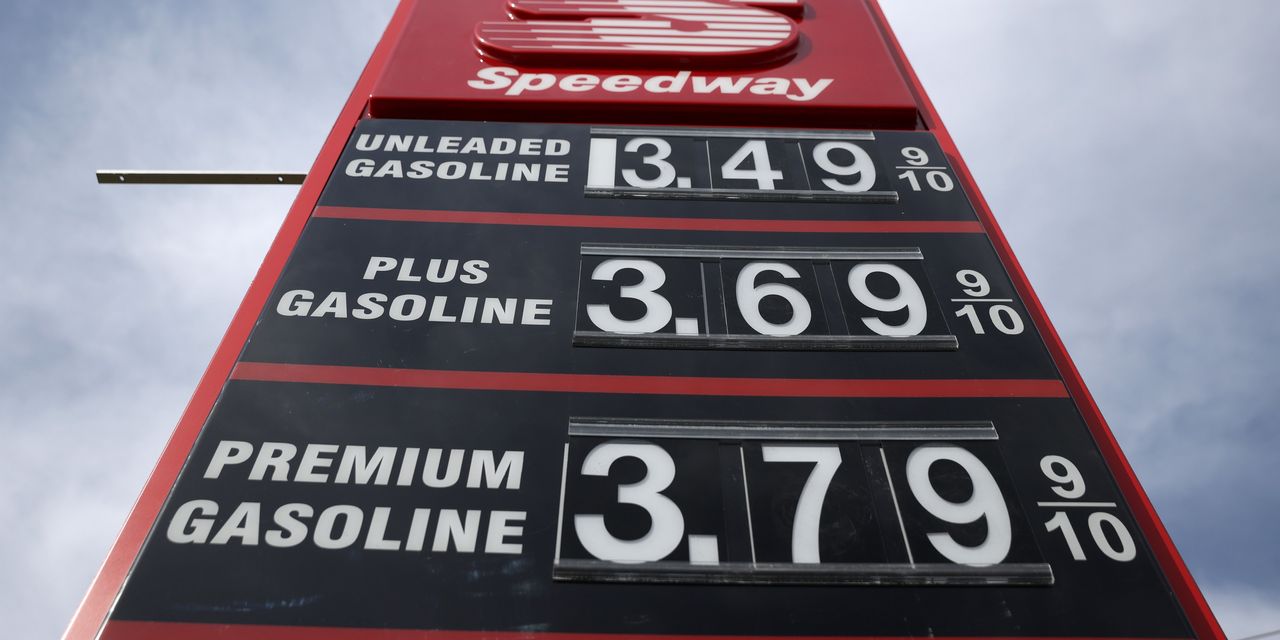
Just ahead of Memorial Day weekend — a time when families may be itching to get out and greet summer after a long, hard pandemic winter — comes a cybersecurity attack forcing the shutdown of a vital pipeline for gasoline.
It’s an event that could propel already-increasing gas prices even higher, potentially reaching prices that drivers haven’t seen since late 2014.
On Friday, the Colonial Pipeline Company learned it was the victim of a ransomware attack and temporarily shut down operations.
The company delivers approximately 45% of all fuel to the East Coast in a pipeline that stretches from Texas to the New York Harbor, according to AAA.
“ The outage could push the national average price for gasoline sold at U.S. retail outlets above $3 gallon by Memorial Day. ”
It takes between 15 to 18 days for fuel to travel along the pipeline between those points, AAA said.
Over the weekend, the national average on a price of gas increased a penny to $2.96, according to AAA spokeswoman Jeanette McGee.
“The shutdown of the Colonial Pipeline in response to a ransomware attack is likely to push the national average price for gasoline sold at U.S. retail outlets above $3 gallon by Memorial Day, ” said Brian Milne, editor and product manager at commodity analysis provider DTN.
“That would mark an $0.11 gallon increase from May 3. We’re already seeing price increases taking place now, so the price response to the ransomware attack has been nearly immediate,” he said.
But any pain at the pump isn’t going to be evenly spread, with drivers in southeastern states will most likely be the ones paying more or facing temporary shortages, experts say.
“ Drivers in southeastern states will most likely be the ones paying more or facing temporary shortages. ”
The potential impact on everyday gas prices underscores still more complexities and weak spots in an episode that’s put them on stark display.
By Sunday, smaller lines were back up and running while mainlines remained off, the company said. By Monday afternoon, the company said the “situation remains fluid and continues to evolve” but the aim is “substantially restoring operational service by the end of the week.”
If the company meets that goal, it can avoid a panic at the pump, and longer lasting consequences, analysts say.
Meanwhile, people still have to get places, now more than ever as state economies re-open. Here’s what to look out for in the coming days:
When would there be price increases – and by how much?
If gallon prices tick 3 cents higher, they’ll be at a point not seen since November 2014, according to AAA data. It was $1.84 a year ago on Monday, she noted.
The outage could likely put pump prices above that range with a 3 cent to 7 cent increase as early as this week, McGee said. The affected states include a region that spans from Mississippi to Tennessee and Georgia, up to Delaware, she said.
Though the country has adequate gas supplies, this region doesn’t have immediate, easy access to alternate supplies, she said.
“ The impacted states include a region that spans from Mississippi to Tennessee and Georgia, up to Delaware. ”
North of Delaware, states like Pennsylvania, New York and New Jersey have access to different pipelines and ports, McGee noted.
If drivers west of the Mississippi River are spotting increases, it’s an unrelated reflection of rising demand that’s mixed with a shortage of fuel tank truck drivers, she added.
Time is money, said Patrick De Haan, head of petroleum analysis for GasBuddy. Even if operations are getting back to normal on Friday, De Haan said, “that leaves a lot of days where there’s not going be a lot of supply.”
“ The affected region could include Tennessee, the Carolinas, most of Georgia, Birmingham, Ala. and the most northern parts of Florida. ”
In worst-case scenarios, De Haan said drivers in the affected Southeastern region could face up to 30-cent galloon hikes while everyone else pays a couple cents more.
De Haan said the affected region could include Tennessee, the Carolinas, most of Georgia while stretching to Birmingham, Ala. and potentially the most northern parts of Florida.
Most of all, don’t panic and fill up now, McGee and De Haan both said. That could drain supplies and push prices even higher, they said.
“If you don’t need to absolutely travel in southeastern states, don’t do it, because we are going to face widespread outages in those affected areas if motorists cannot conserve gasoline,” De Haan said.
Here’s where some simple fuel-efficiency tips are especially important, Casselano said.
That includes things like avoiding rush hour if possible, combining errands, removing bike racks and roof racks that can weigh down a vehicle and cause it to use up more fuel, McGee said.
“It’s about being a smart driver,” she said.
Myra Picache contributed to this report
Also see: Here’s what the shutdown of the Colonial Pipeline means for gas prices and energy markets









